Salting Meat
After many years I decided to update my article on salting meat. Here it is as printed in the February edition of the Kingdom of Avacal newsletter the Avantgarde. You can find the old version here.
Salting Meat
The salting of meat was a preferred preservation method for most of the SCA time period (600-1600 AD). Several other methods were used as well, such as storing in cool areas, drying, etc., but salting has all the advantages of drying food with the added advantage of being much safer for larger pieces of meat.
Salting meat allowed for the preservation, storage, and transport of meat without refrigeration. According to Food in Medieval England “it was a routine procedure on big estates for deer to be hunted according to season, when the meat was at its best, and the venison prepared and stored in larders till needed, and in this case heavier salting would be necessary” (Woolgar, Serjeantson and Waldron 2006, 181). The salting of venison was common in great households, so much so that there were quite often men whose sole job was the preservation of food. They would accompany the huntsmen so as to make sure that the deer were treated properly and would be preserved properly (Woolgar, Serjeantson and Waldron 2006, 181).
(more…)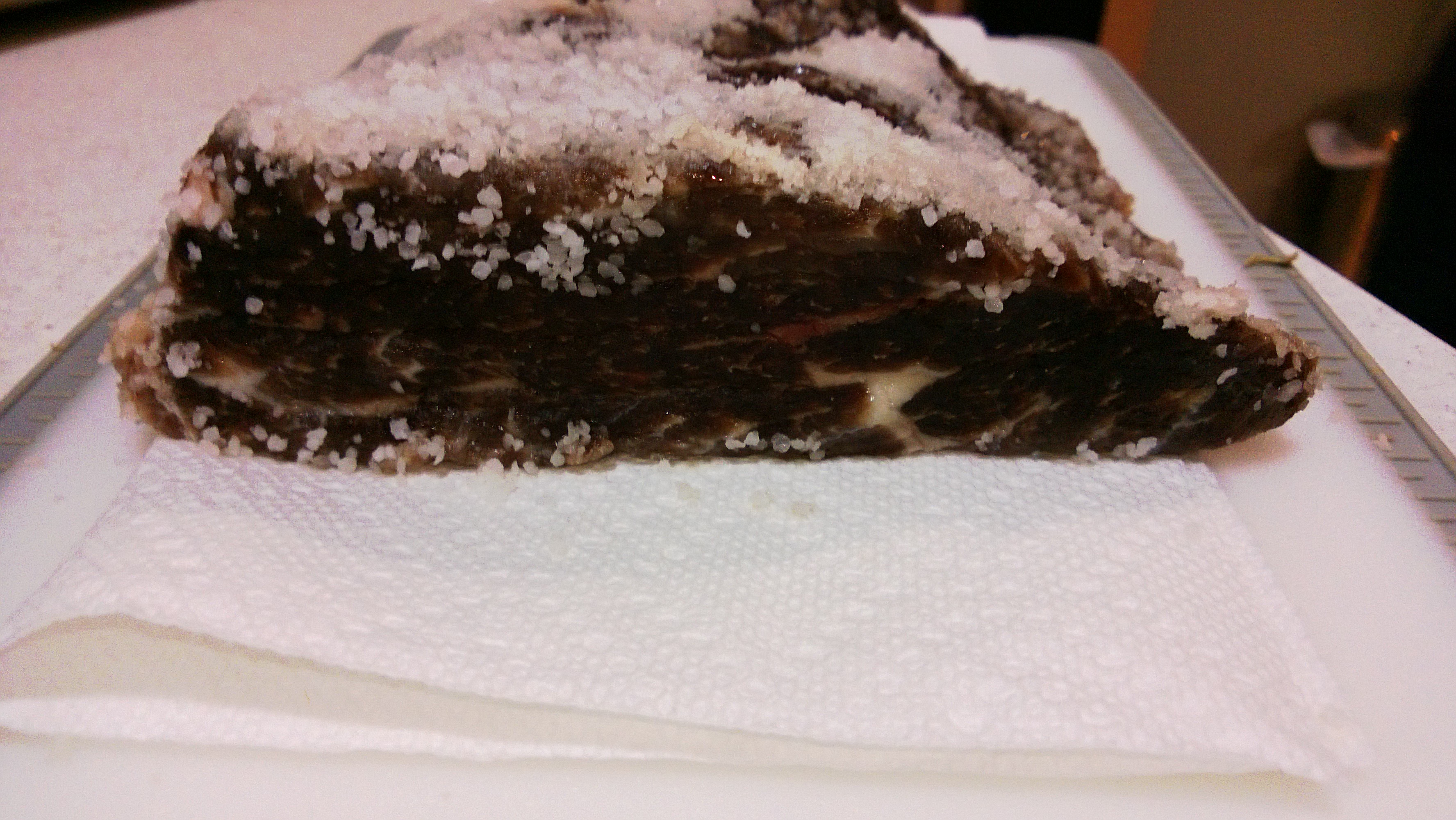
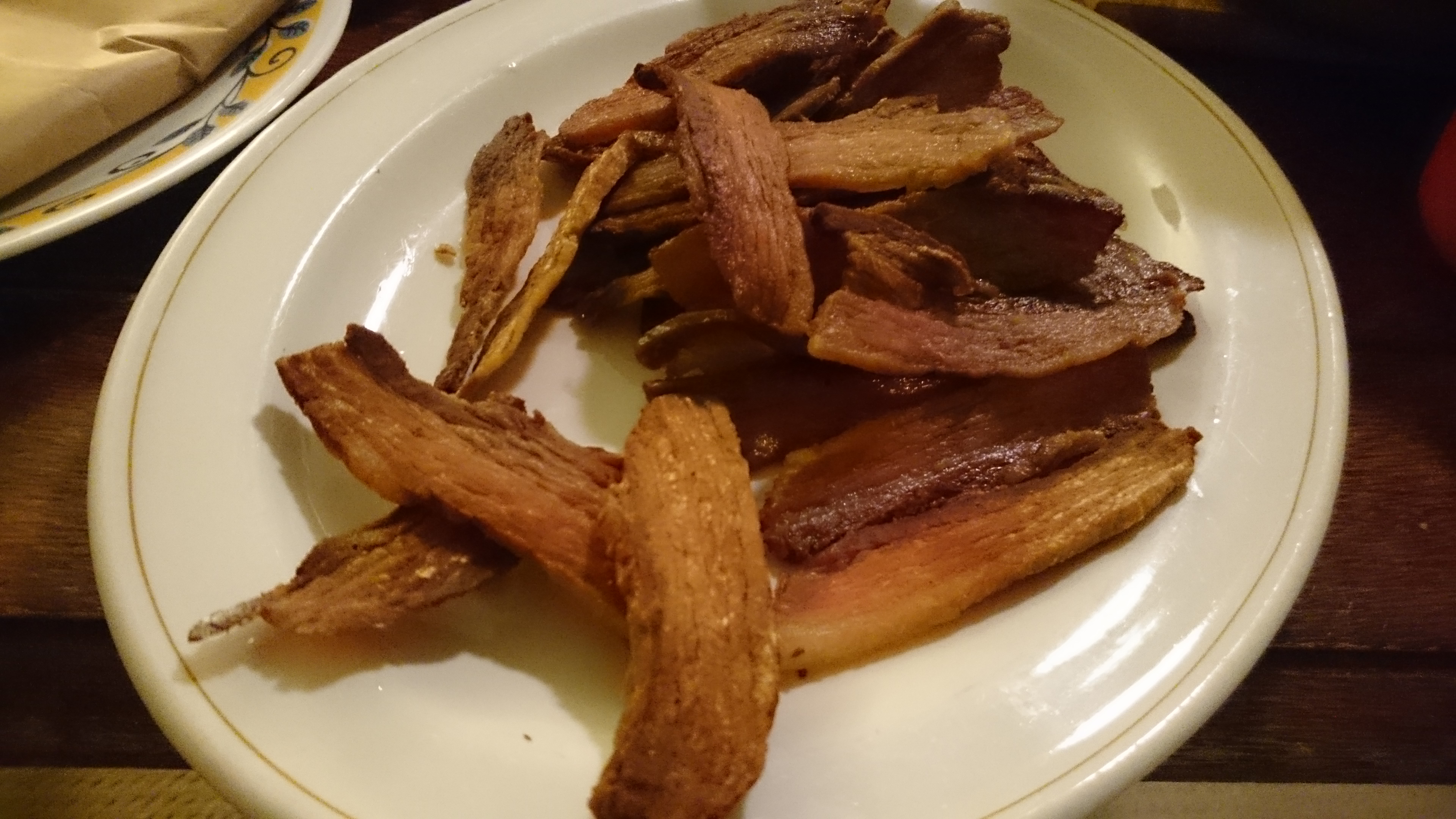
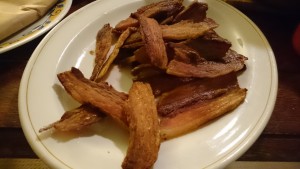

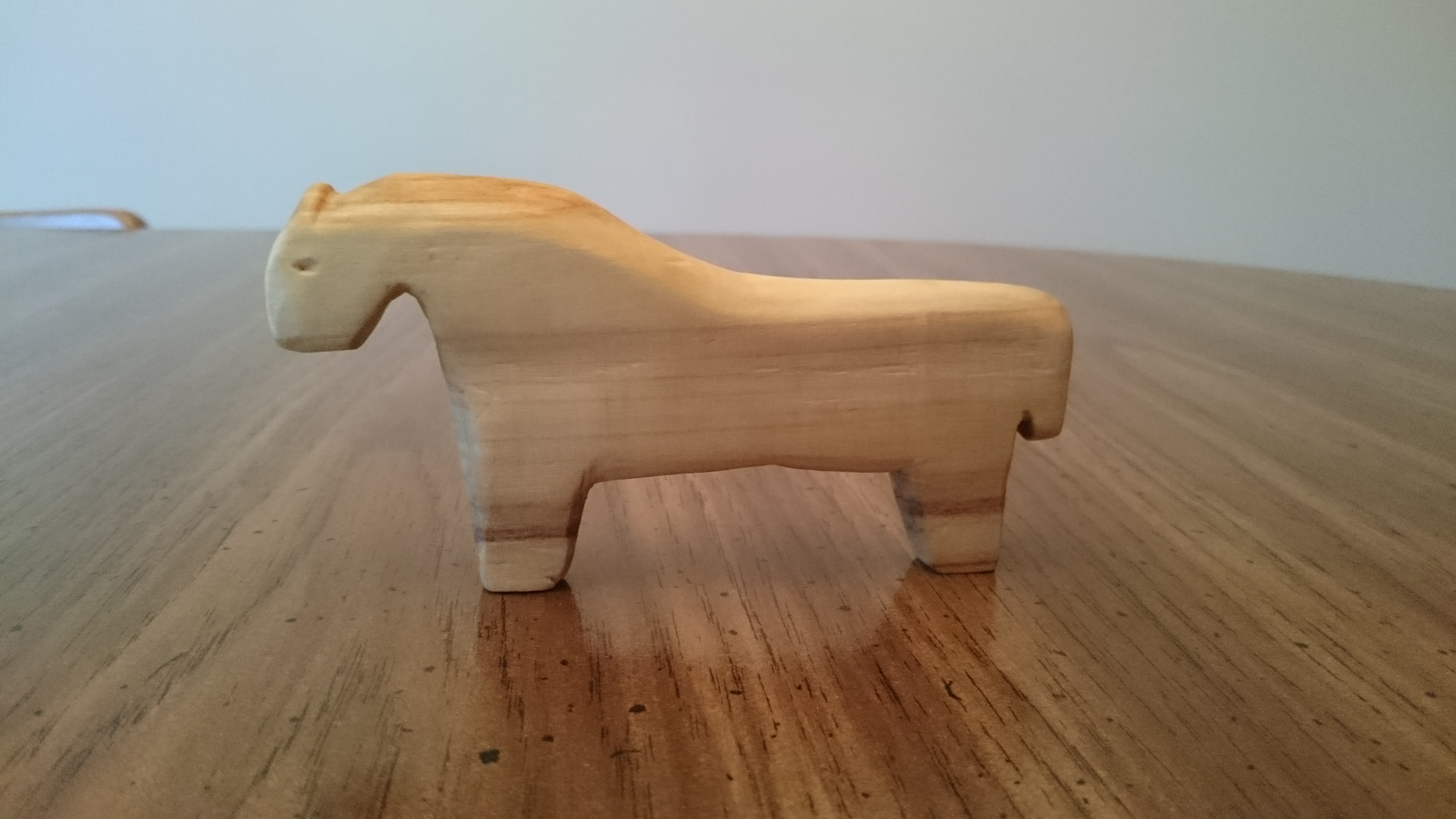
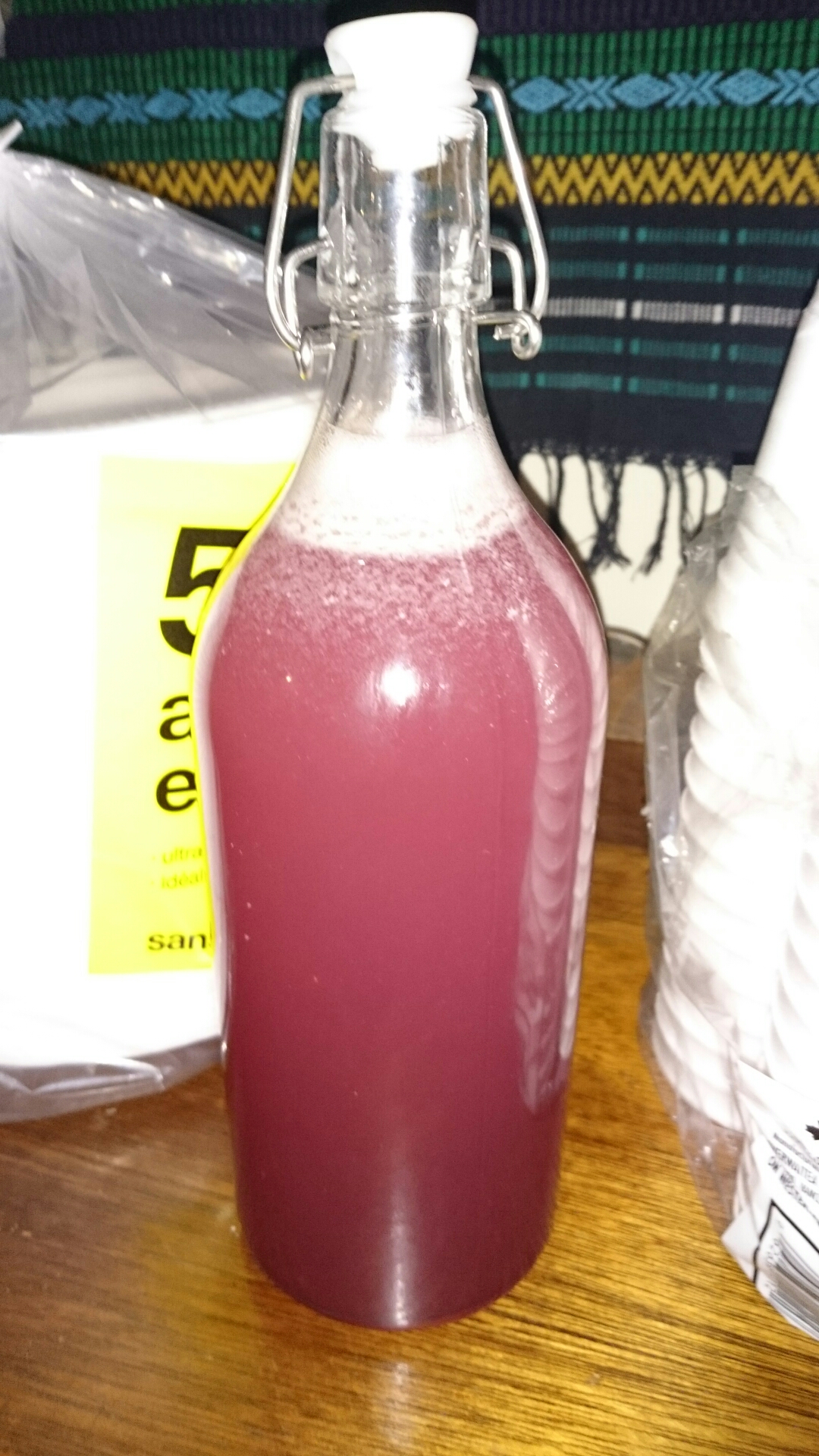
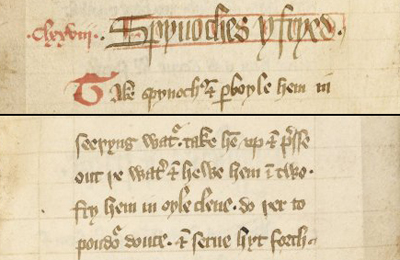
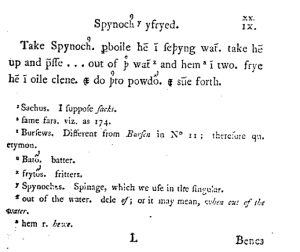


You must be logged in to post a comment.